The country’s plan to build a shiny new capital in the desert is one of a string of dubious megacity projects.
On a Friday in March, a cool breeze was blowing across the Red Sea resort town of Sharm El Sheikh, confining Russian tourists to their beach chairs. Nearby, President Abdel Fattah al-Sisi gathered with over 2,000 businessmen, tycoons, world leaders, and government officials in the luxurious Maritim International Congress Center to discuss Egypt’s investment climate and unveil plans for the country’s ambitious new capital.
The sketches and dioramas of the new city unveiled at the conference brought to mind Walt Disney’s Epcot, Haussmann’s Paris, and, most notably, Mohamed Alabbar’s Burj Khalifa. Alabbar is the founder of the real estate investment fund Capital City Partners, which is the project’s main sponsor. The new capital will house 1.1 million residential units, a 1,000-acre administrative district, and an airport larger than London’s Heathrow. The project will cost $45 billion and reflects Egypt’s aspirations for a truly global city.
A primary engine driving the project is the need to redistribute some of the 96 percent of Egyptians who live on four percent of Egyptian soil. The effort to lure people away from the Nile Delta and into the desert frontier dates back to 1978, when President Anwar Sadat tried to shift the capital to Sadat City, 58 miles northwest of Cairo. To no avail: Sadat was assassinated in 1981.
Four decades later, Sadat City and the almost two-dozen other desert cities—which have been tagged with unintentionally ironic slogans such as “Beyond Your Expectation”—have struggled to attract residents, even though the population of Greater Cairo is expected to hit 30 million by 2030.
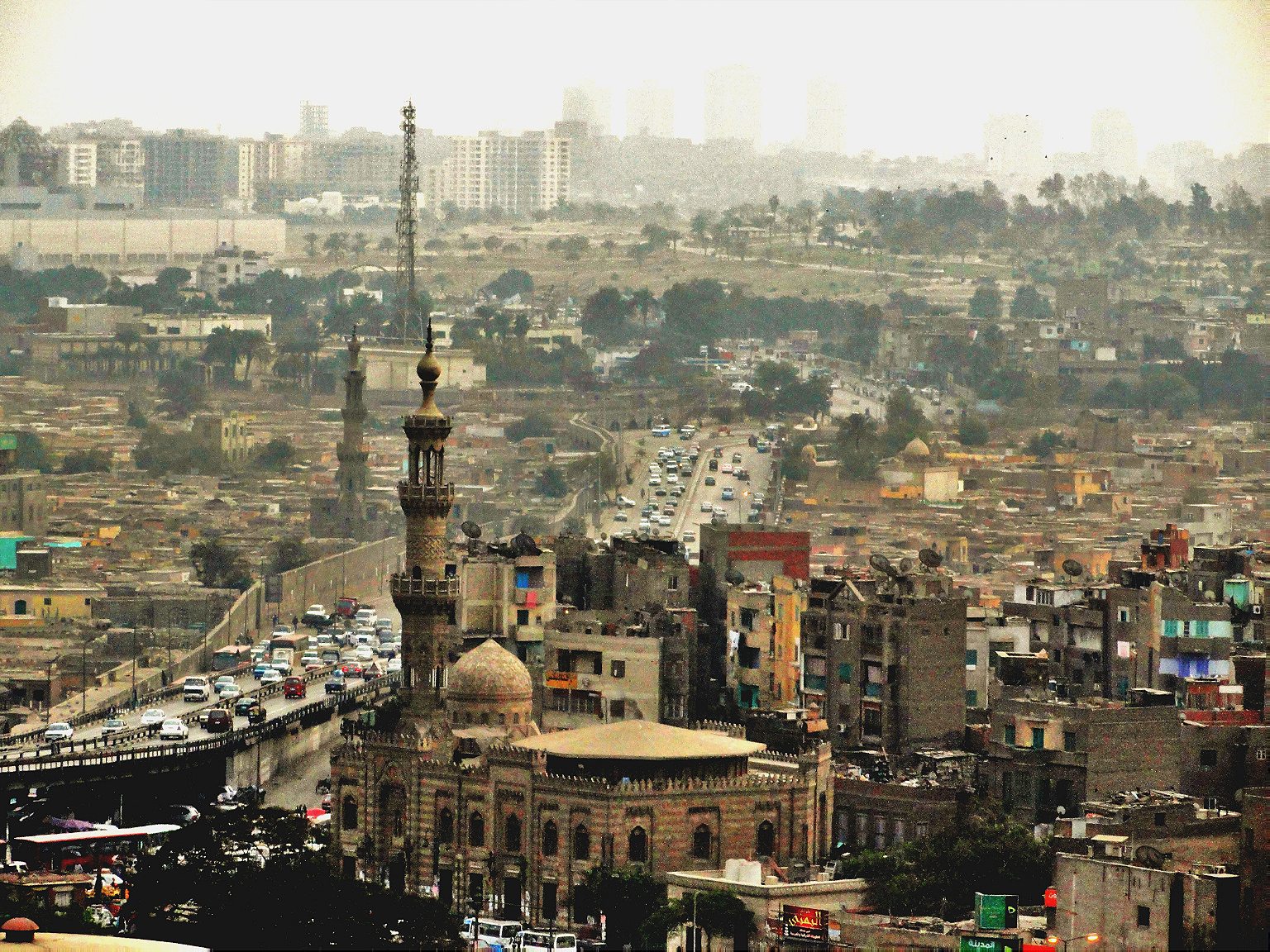
Cairo’s most recent facelift began in 2008 with Cairo 2050, a plan supervised by international organizations like UN Habitat and the United Nations Development Program to move the two-thirds of Cairenes living in informal areas and to make way for parks, wide avenues, and open-air museums. Cairo 2050 follows other global-city master plans like Sydney 2030, Paris 2020, and Abu Dhabi 2030.
Cairo 2050’s most vehement critics argue that these models of modernity can’t be replicated in the context of Cairo without hurting the poor. “It’s crazy, it’s absolutely crazy,” says David Sims, an American economist, urban planner, and longtime resident of Cairo. Doubts about the identity of the five million future residents of the new capital and the feasibility of the project opens up a wound that the Egyptian government refuses to acknowledge: the failure of the new cities.
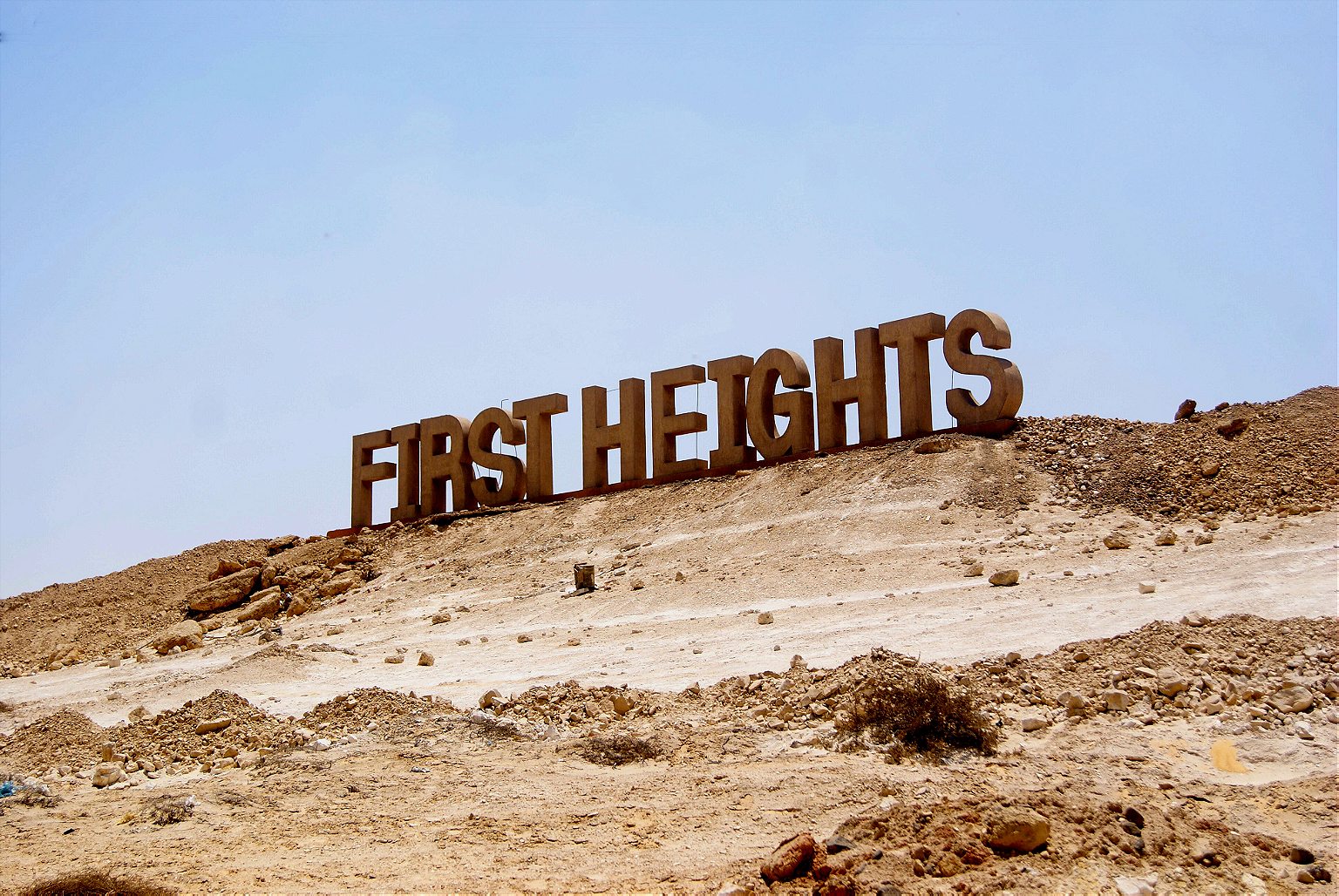
The building of new satellite cities began in 1996 and was made possible by Gulf petrodollars and private Egyptian developers like Orascom, owned by the rich and powerful Sawiris family. If the new capital is built, it would be financed entirely by Gulf money, a situation that makes many Egyptians anxious about their sovereignty. “Egypt has been here for over 5,000 years,” says Dr. Reda Haqqaq, an urban planner professor at Cairo University, “and now [the capital] is being built by an Emirati? Let him built 100 cities in Egypt but not our capital.”
Megacity projects in Egypt were plagued with scandal during Hosni Mubarak’s corruption-ridded 30-year rule. In 2010, the public was outraged when state land was sold below market value to Talaat Moustafa Group, a developer in charge of Madinaty (“My City”), a 120,000-unit residential project in eastern Cairo, worth $16 billion.
Projects like Madinaty and Cairo 2050 exclude ordinary Egyptians from the planning process, whose involvement is often limited to backbreaking, less-than-minimum-wage labor. Sims refers to the New Urban Communities Authority (NUCA) in charge of the new cities as “the secret society” because of their lack of transparency. “When there is confusion and lack of information, personal interests do very well,” Sims says.
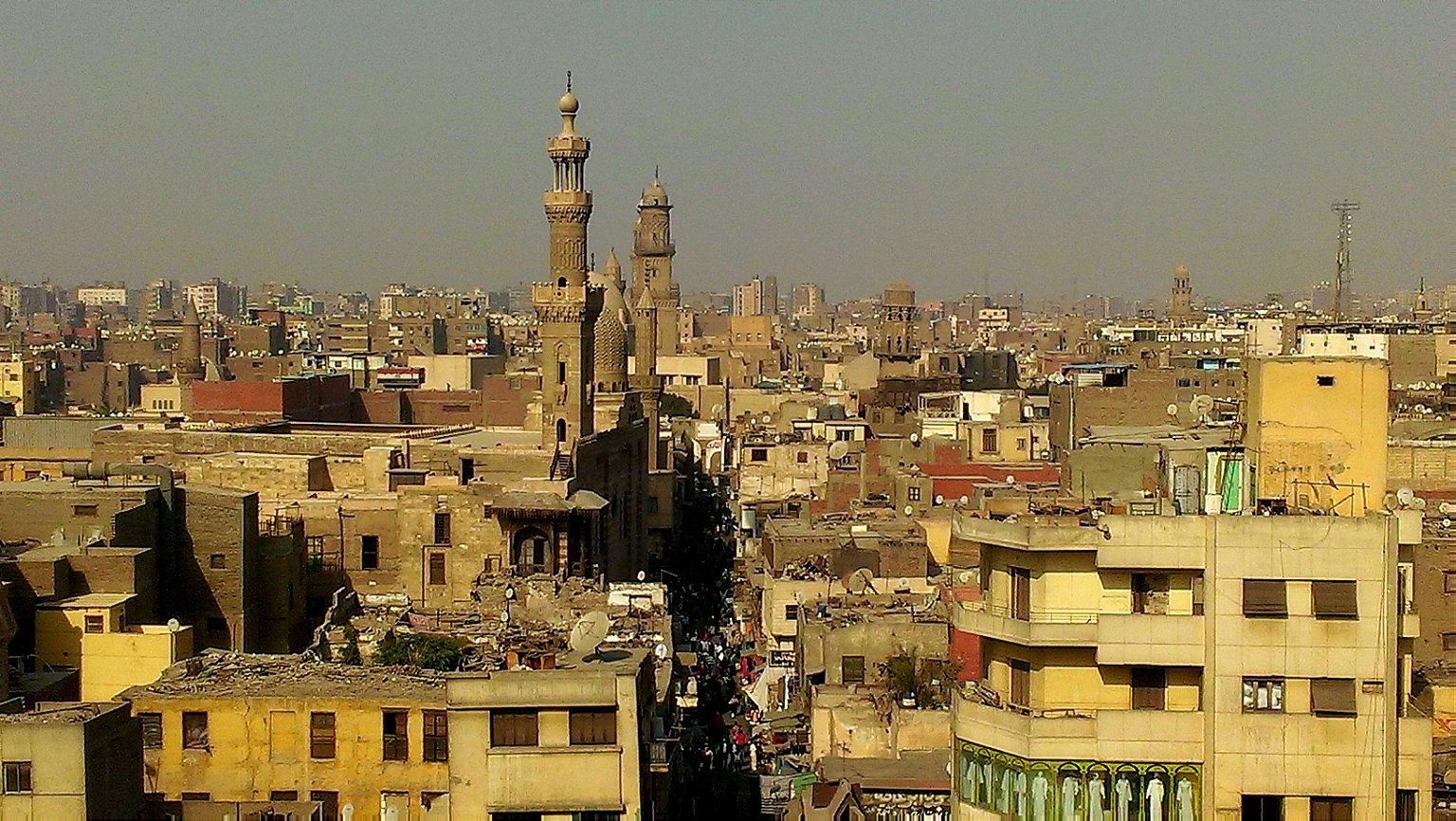
Governmental affordable housing projects in Egypt usually come in one-million-unit deals, which are still not enough to meet growing demand for low- and middle-income housing. Instead, a speculative real estate industry shapes Egypt’s development, erecting inaccessible gated compounds with names like Dreamland, Beverly Hills, and Le Reve on the one hand, and fueling informal construction by the 17 million people of the ashwa’iyaat—informal settlements—on the other.
The housing of most Egyptians is informal, built with their own hands. These communities are in part welcomed by the Egyptian government and Cairenes alike, since it costs both of them less money, earns the authorities bribe money, and creates an intricate fabric of social ties and business opportunities for residents. A new capital city will extricate Cairenes from their network of family and friends, if it succeeds in becoming an independent city rather than an extension of Cairo, thus disrupting this favorable ecosystem, however flawed.
Sara, a 26-year-old wife-to-be who gave only her first name, has been planning her wedding for the last year and a half. With her fiancé working in Saudi Arabia and her job at a beleaguered travel agency, Sara puts off buying new clothes to save for her wedding. A native of Helwan, a suburb south of Cairo designed to be an industrial city in the 1960s, Sara wants to stay in Helwan. New cities are too far and too big. Newlyweds living in satellites cities “spend the week there and the weekend in Cairo with their families,” she says.
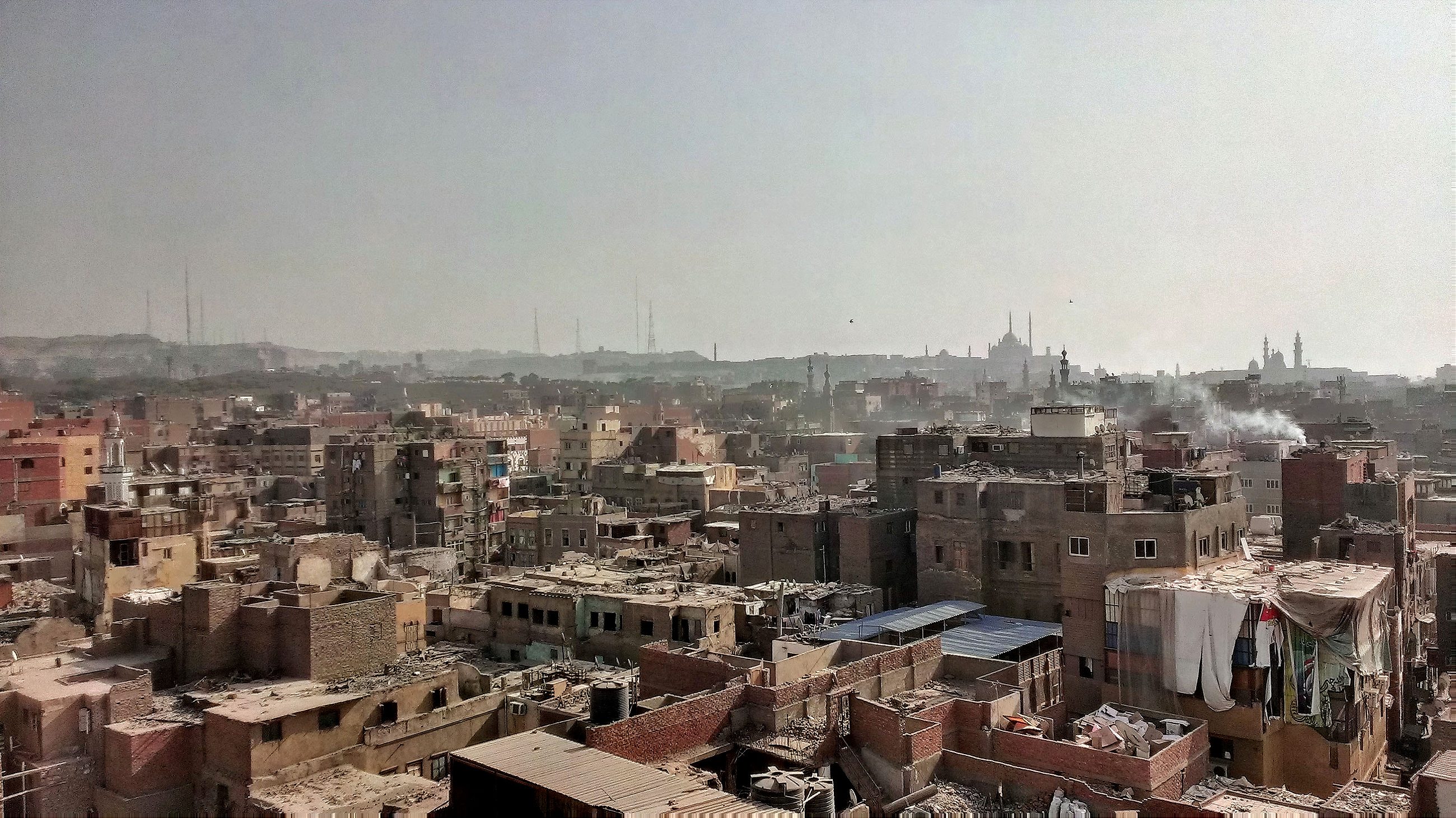
The new capital city faces other structural problems outside the government’s inability to fund it. Transportation, for one. Currently, none of Cairo’s three metro lines connect to its satellite cities, and the Suez Road that would lead to the new capital does not have the capacity to accommodate the city’s target population of 5 million.
And then there’s water. Cairo is a city of dust despite sitting on the fertile banks of the Nile; the desert lurks in little piles on every corner. The Nile supplies drinking water to 97 percent of the urban population, and according to UNICEF, 6.5 million Egyptians do not have a tap inside their homes, especially in rural Upper Egypt. In addition, almost half of households throughout the country lack proper wastewater infrastructure. Authorities tend to overlook the threats of water security in Egypt’s 1,221 slums, even as they acknowledge that the new capital will consume 100,000 liters of water daily.
Previous failed real estate developments such as New Fayoum City—whose 54,000 units have been filled with a mind-bogglingly small population of just four families, according to Haqqaq—has yet to trigger a change in housing policy. “There are 5.5 million vacant apartment buildings in Greater Cairo,” Haqqaq says, and vacancy rates in new desert cities for housing and business units vary between 61 percent and 79 percent. “There is a saying in development: You can lie to everybody and that can be smart, but stupidity starts when you lie to yourself,” he says.
The high vacancy rate in the desert developments can be explained by rapid inflation of property prices that has outstripped increases in income. Sara exemplifies the predicament facing many young couples in Cairo. With her full time job at a travel agency, she earns about 1,500 EGP ($197) a month. Her future husband, currently working in Saudi Arabia to raise money for their future, is unable to meet the upfront deposit of 37,000 EGP ($4,849) to rent a house in Helwan.
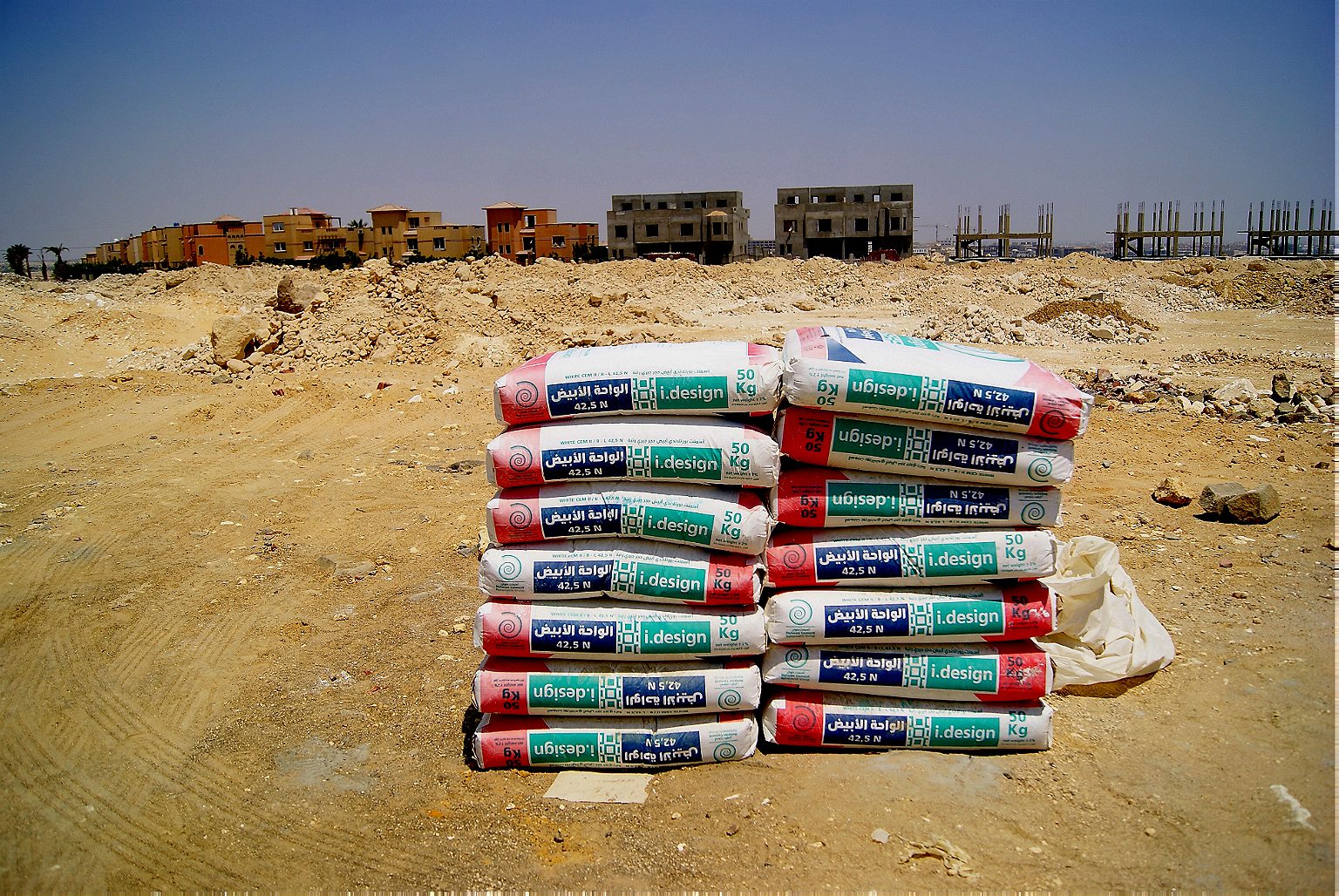
Affordable houses in the new cities start at 100,000 EGP ($13,100), and even if Sara and her future husband worked together in Saudi Arabia to raise money for their own house, the desert dream remains unattainable. “You have to build for the people who can’t afford it,” Haqqaq says. “That’s your duty as a government. You are not a bank or an investor, you are a government.”
While Cairo’s growth is irrefutable and unsustainable, building a new capital may not be the best solution to redistribute the population. As long as the new capital city—which will be the size of Singapore—follows the government’s paradigm of economic prosperity through speculative real estate, Egypt will continue to build mirages in the desert while Greater Cairo’s 22 million residents will continue to suffer from a lack of affordable housing and the hazards associated with informal settlements.
“I know Egypt and its problems and I can see them as I can see you now. I know the solutions as I see you now,” al-Sisi said at the economic conference in Sharm El Sheikh. The project comes at a critical moment in Egypt’s history, as a military-led regime claims legitimacy after three years of instability, and while al-Sisi attempts to stimulate an ailing economy.
“Egypt needs no less than $200 to $300 billion to have real hope for the 90 million Egyptians to really live, really work, and really be happy,” al-Sisi continued, as millions of Cairenes watched on TV sets at home, living in a reality the president and Egypt’s elite struggle to grasp.